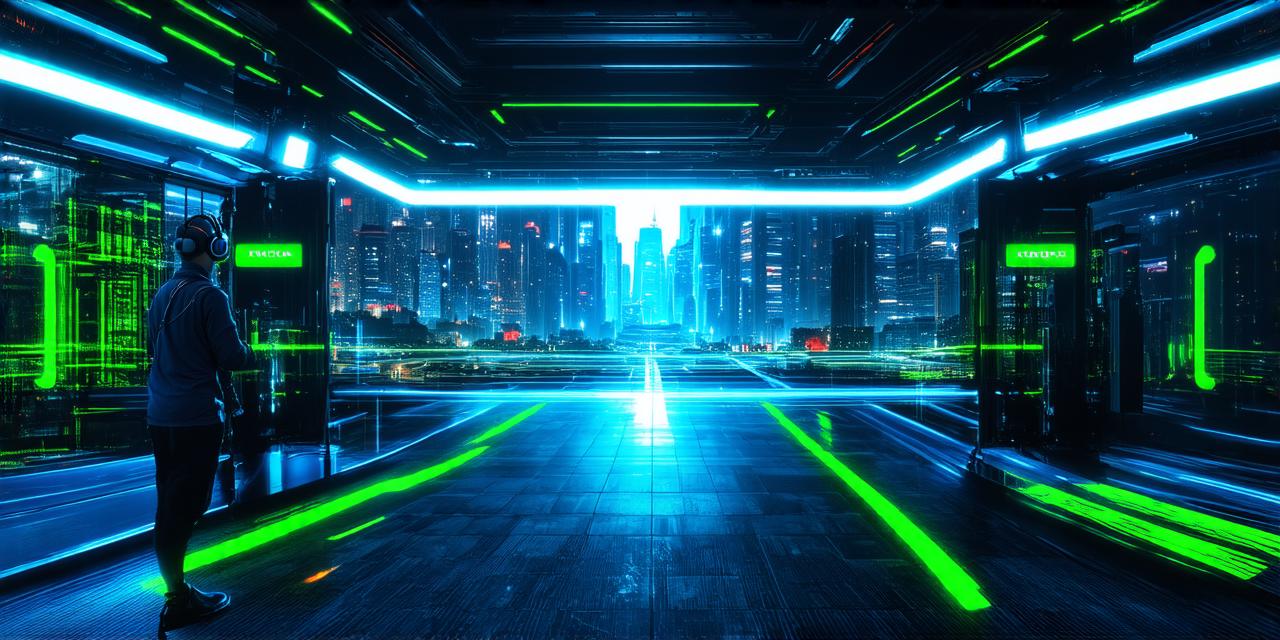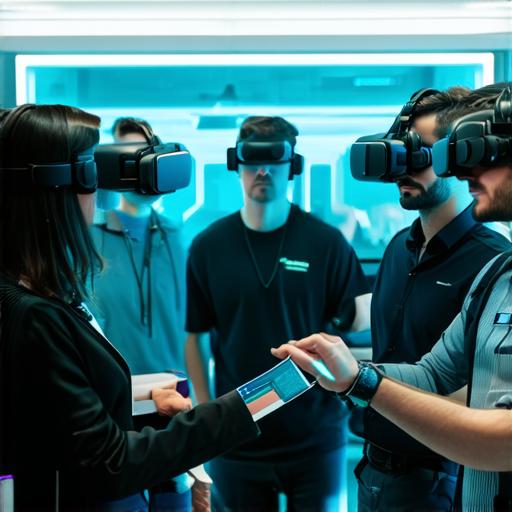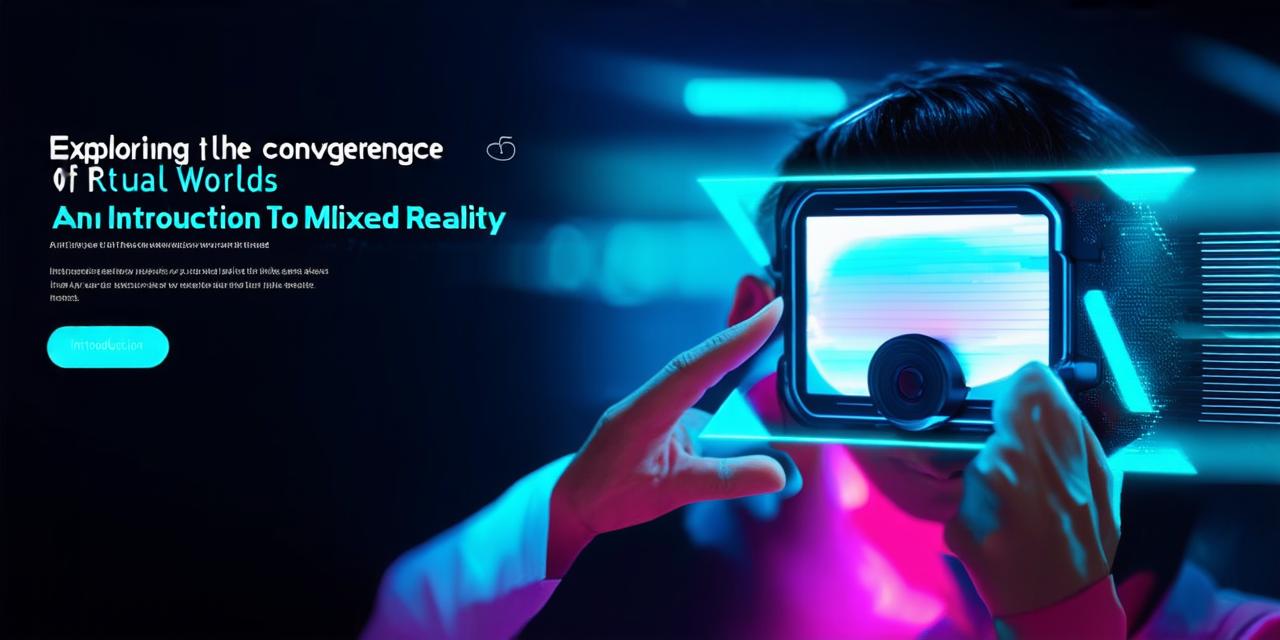Virtual Reality (VR) and Augmented Reality (AR) are rapidly transforming the way we interact with technology and each other. These technologies have already been used in various fields such as entertainment, education, healthcare, and business. In this article, we will explore how VR and AR are transforming audience engagement and how mixed reality development is becoming an essential part of the industry.
Virtual Reality: A Revolution in Audience Engagement
Virtual Reality (VR) technology allows users to experience a 3D environment as if they were physically present in that space. This technology has been around for decades, but it’s only in recent years that we’ve seen the rise of consumer-grade VR devices and the widespread adoption of VR in various industries.
One of the most significant advantages of VR is its ability to create highly immersive experiences. When users put on a VR headset, they are transported into a completely artificial world that can be customized to meet their needs. This technology has been used in entertainment, gaming, education, and healthcare to create engaging and interactive experiences for audiences of all ages.
Augmented Reality: Enhancing Real-World Experiences
Augmented Reality (AR) technology enhances the real world by overlaying digital information on top of the physical environment. AR has been used in various industries, including retail, marketing, and entertainment.
One of the most popular examples of AR is the use of virtual try-on features in e-commerce. With this feature, users can see how a product would look on them before making a purchase. This technology has also been used in the entertainment industry to create interactive games and experiences that blend real-world environments with digital elements.
Mixed Reality: The Next Big Thing
Mixed reality (MR) is a combination of VR and AR, where users can experience both virtual and real-world environments simultaneously. MR technology has been around for decades, but it’s only in recent years that we’ve seen the widespread adoption of this technology in various industries.
One of the most significant advantages of MR is its ability to create a seamless blend of virtual and real-world environments. This technology has been used in healthcare to create virtual surgical simulations that allow doctors to practice complex procedures without putting patients at risk. It has also been used in the entertainment industry to create interactive games and experiences that combine physical and digital elements.
Case Study: The Future of Virtual Reality in Education
One of the most exciting applications of VR in education is the use of virtual field trips. With VR technology, students can explore new places and ideas without leaving their classrooms. For example, a student in a rural area can take a virtual trip to the Amazon rainforest or the Great Barrier Reef without ever leaving their classroom.
A recent study conducted by Stanford University found that students who took virtual field trips were more engaged and had a better understanding of the subject matter than those who did not. This technology has also been used in healthcare to create virtual simulations of surgical procedures, allowing doctors to practice complex operations without putting patients at risk.
Expert Opinion: The Potential of Mixed Reality Development
According to Dr. Richard Gharibian, a professor of Virtual Reality and Augmented Reality at the University of Southern California, mixed reality development is the next big thing in the industry. He says, “Mixed reality technology has the potential to revolutionize the way we interact with technology and each other. It will allow us to create experiences that were previously impossible.”
Dr. Gharibian predicts that we will see more widespread adoption of mixed reality technology in various industries, including entertainment, education, healthcare, and business. He says, “As the technology becomes more affordable and accessible, we will see even more creative uses of this technology in the future.”
FAQs: Frequently Asked Questions about Virtual Reality and Mixed Reality Development
Q: What is the difference between VR, AR, and MR?
VR creates highly immersive experiences by transporting users into a completely artificial world. AR enhances the real world by overlaying digital information on top of the physical environment. MR is a combination of VR and AR, where users can experience both virtual and real-world environments simultaneously.
Q: What are some applications of VR in healthcare?
VR has been used in healthcare to create virtual surgical simulations that allow doctors to practice complex procedures without putting patients at risk. It has also been used to create virtual reality therapy programs for mental health conditions such as anxiety and depression.
Q: What are some examples of AR in the retail industry?
One example of AR in the retail industry is the use of virtual try-on features in e-commerce, where users can see how a product would look on them before making a purchase. Another example is the use of AR-enabled product displays that allow customers to see more information about a product without having to pick it up.
Q: What are some potential applications of MR in education?
MR technology has the potential to create highly interactive and engaging educational experiences, such as virtual field trips and simulations that blend physical and digital elements.
Summary: The Future of Audience Engagement is Virtual Reality
Virtual reality and mixed reality development are transforming audience engagement by creating immersive and interactive experiences that were previously impossible. These technologies have already been used in various fields such as entertainment, education, healthcare, and business, and we will see even more creative uses of this technology in the future. As the technology becomes more affordable and accessible, we can expect to see widespread adoption of VR and MR in various industries.



